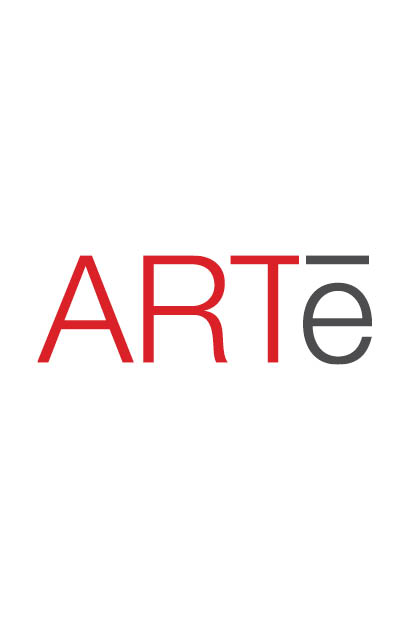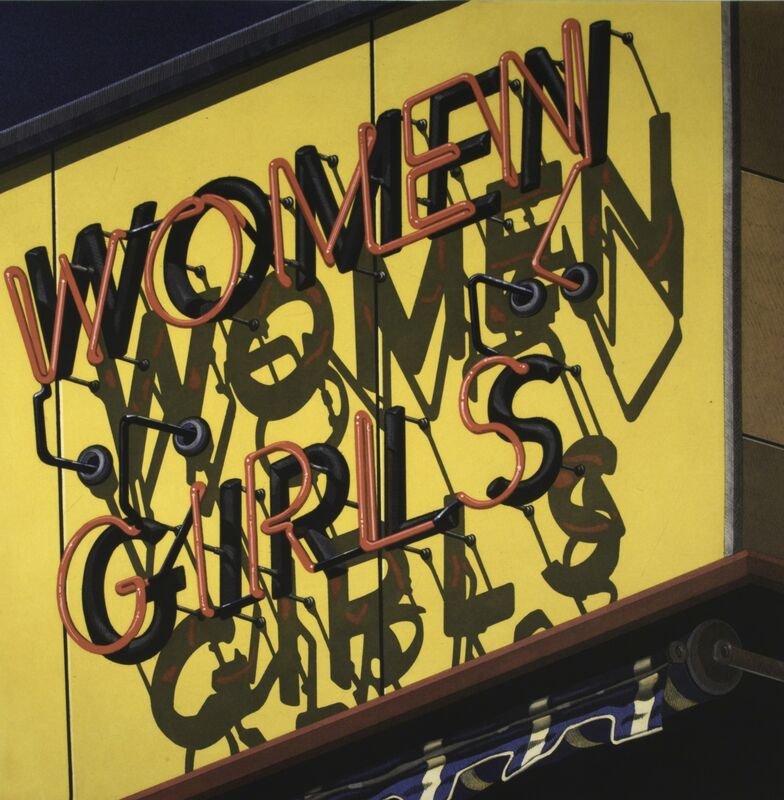Robert Cottingham • American (B: 1935)
Barber Shop C: 1987 • Watercolor on Paper 10.5” x 10.75”
Robert Cottingham lived life at the intersection of art and commerce. Even as a Brooklyn boy he was fascinated by the flashing lights and skyscraper-tall signs of Times Square. After school he’d board the A train to the heart of Manhattan and hang out on street corners watching the river of people flow by. The signs were like the loudest voices on Times Square, blaring invitations to see things, do things and buy things.
As Cottingham wound his way through high school and Pratt University he found himself among those who actually created the signs he’d so admired. He started as a staff artist at one of the largest advertising agencies above the maddening crowd on Madison Ave., just a few blocks from his old Times Square haunts. His advertising career ended in the sun-splashed LA offices of advertising giant Young and Rubicam.
His advertising career was short, but insinuated itself into the rest of his creative life. Once he reached the west coast It wasn’t long until he found the LA equivalent of Times Square. Nights were spent cruising past faded signs on lower Hollywood Blvd. There the young artist was captivated by the city’s bygone glories, especially the signs he found everywhere. Their outdated words and sunburned fonts appeared like the old family photos of an old hipster embarrassed when people found out about his childhood.
(story continues below break)

























